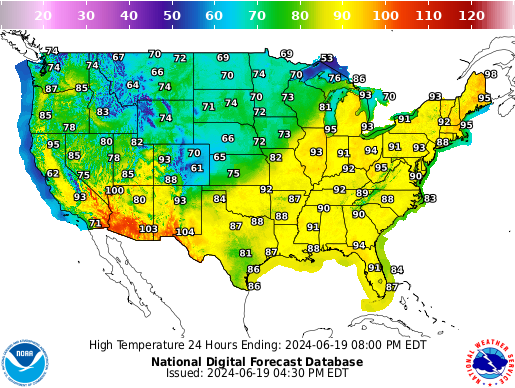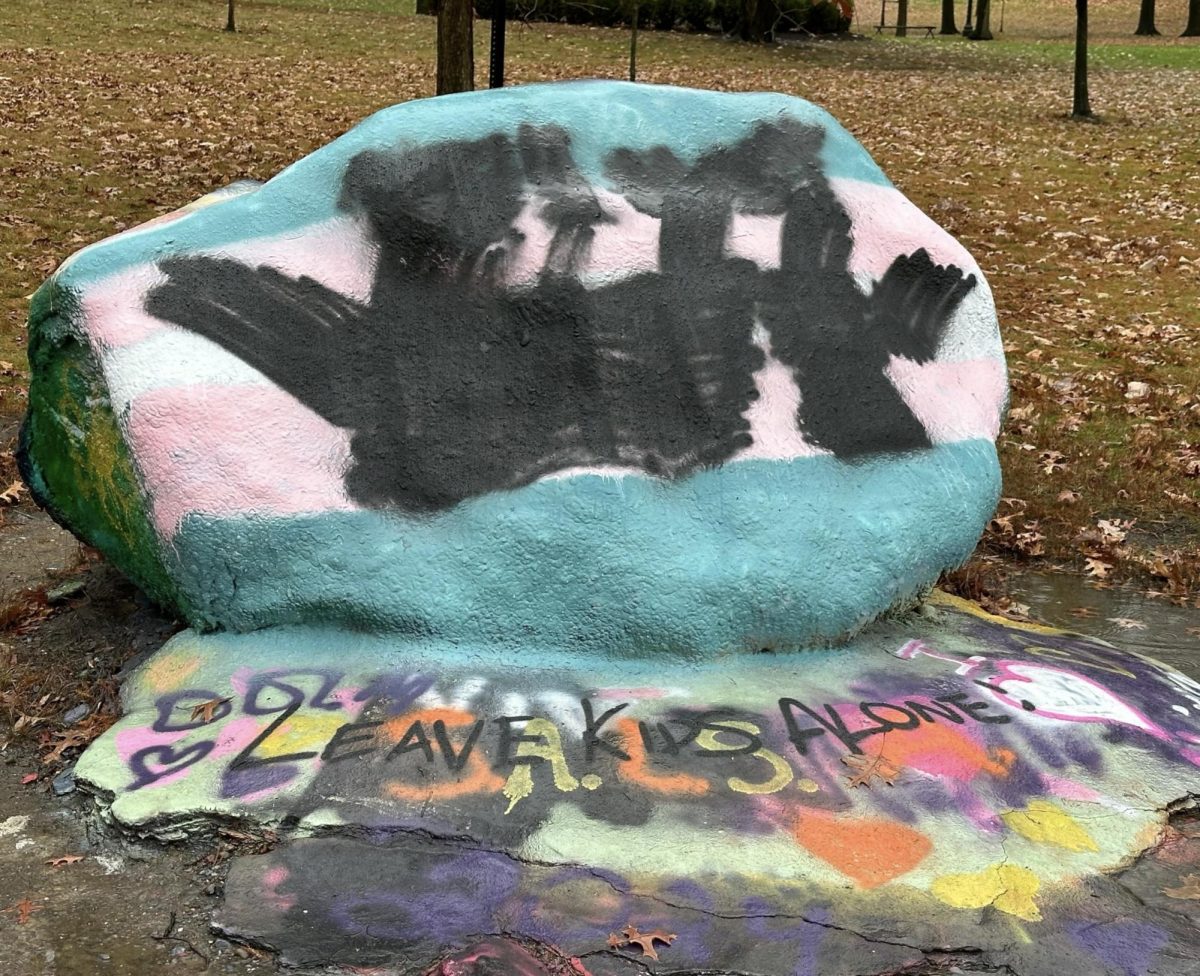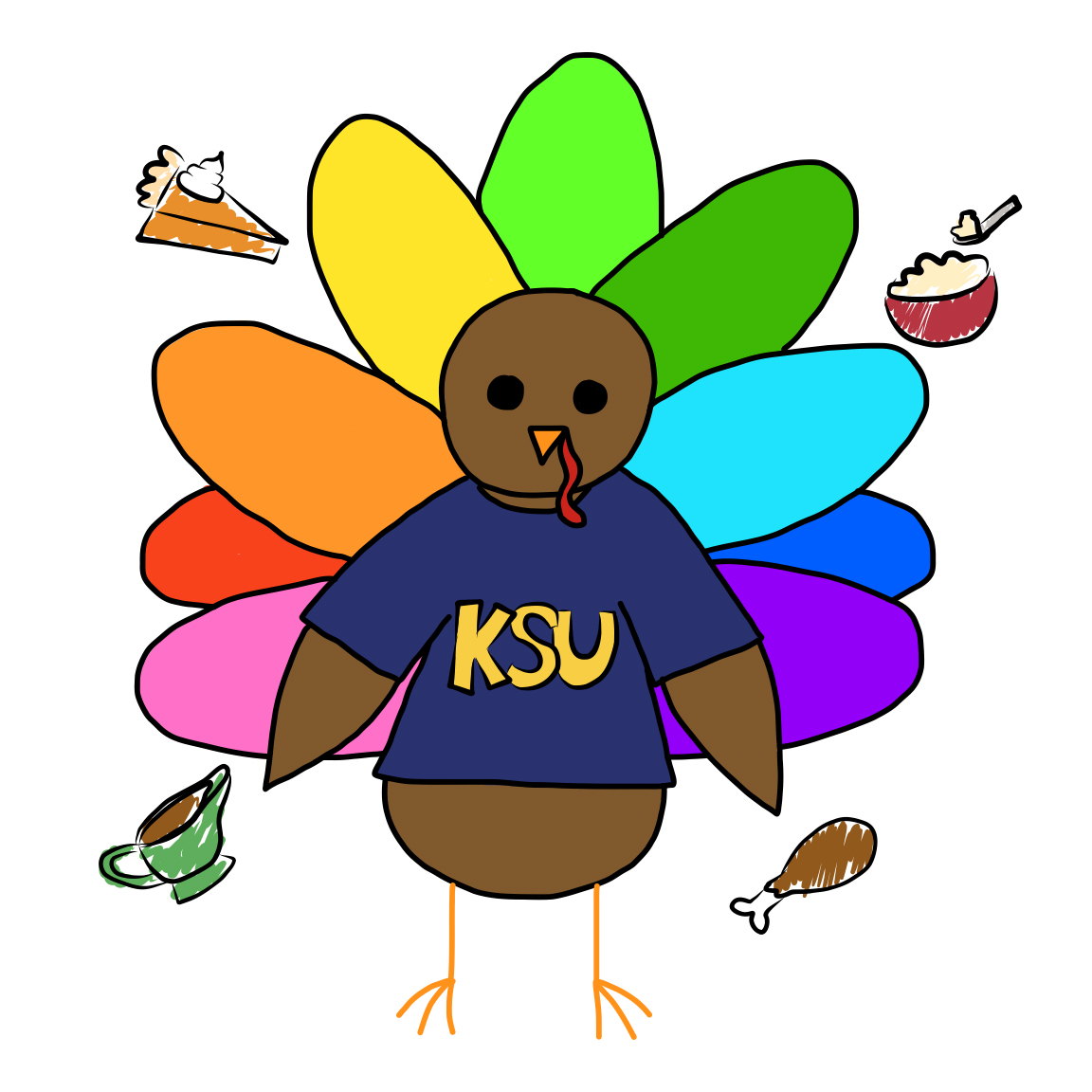As temperatures rise to 90 degrees this week, the National Weather Service placed a heat advisory on northeastern and midwestern states, including Ohio.
Brian Mitchell, an observing program leader for the National Weather Service, said excessive heat advisories are issued based on the heat index, humidity and temperatures of the area.
Ohio was previously under an excessive heat watch, but was placed under an advisory on Monday due to wind conditions, he said.
“A watch is for when wind conditions are favorable for the excessive heat event,” Mitchell said.
An advisory includes a heat index of 100 degrees or over and overnight low temperatures being 75 degrees or over for at least two days, Mitchell said.
“That’s the primary part of this advisory right now. We’re going to have a heat index above 100 to 104 [degrees],” he said. “Then your overnight lows aren’t going to drop below the mid-70s.”

With high overnight low temperatures creating more humidity in the atmosphere, Mitchell said there is high potential for thunderstorms to occur throughout the week.
“We’re going to get some pop-up showers and thunderstorms, so we are going to get precipitation, but again it could be dry for that time period as well,” he said.
The last time northeast Ohio was placed under an excessive heat advisory was during July 2020, Mitchell said.
“There was a period there where we had a five-day period of days 90 degrees or above,” he said.
Mitchell said the issued heat advisory will end Friday at 8 p.m., but it is important to remain safe until then.
“Avoid being out if you can, especially midday through the end of the evening,” he said. “Once you get this hot, it typically lasts the end of the evening hours before temperatures cool down.”
Other precautions people should take include drinking plenty of water and avoiding strenuous activities outside, Mitchell said.
Since people will experience long periods of heat and may have trouble adjusting, he said it is important for people to stay up to date on their information and follow safety precautions.
“You’re adjusting a little bit … but then the duration of it where it’s going to last over a week, you just have to remember there’s precautions for it each day,” Mitchell said.
Adriana Gasiewski is a reporter. Contact her at [email protected].





